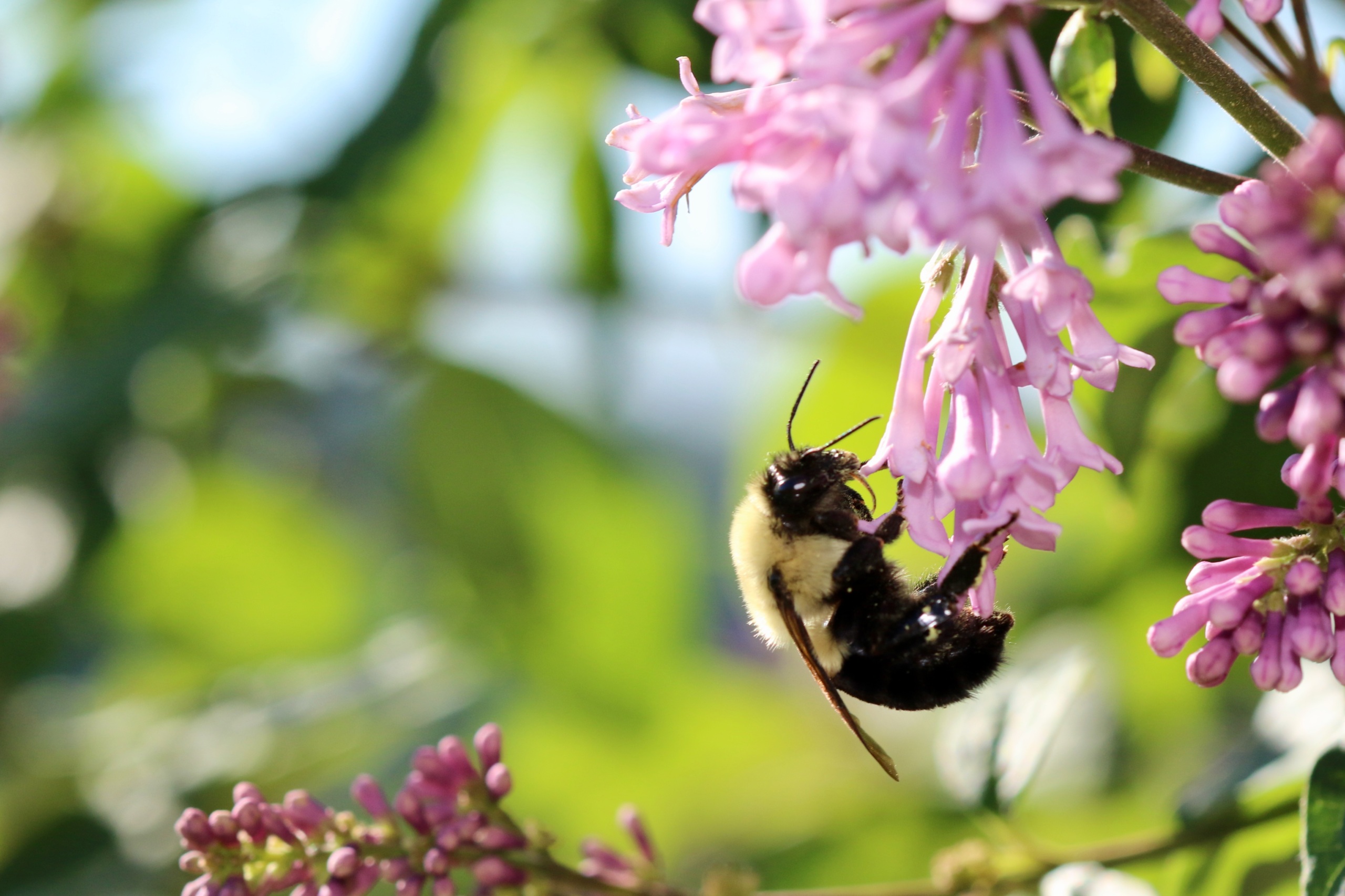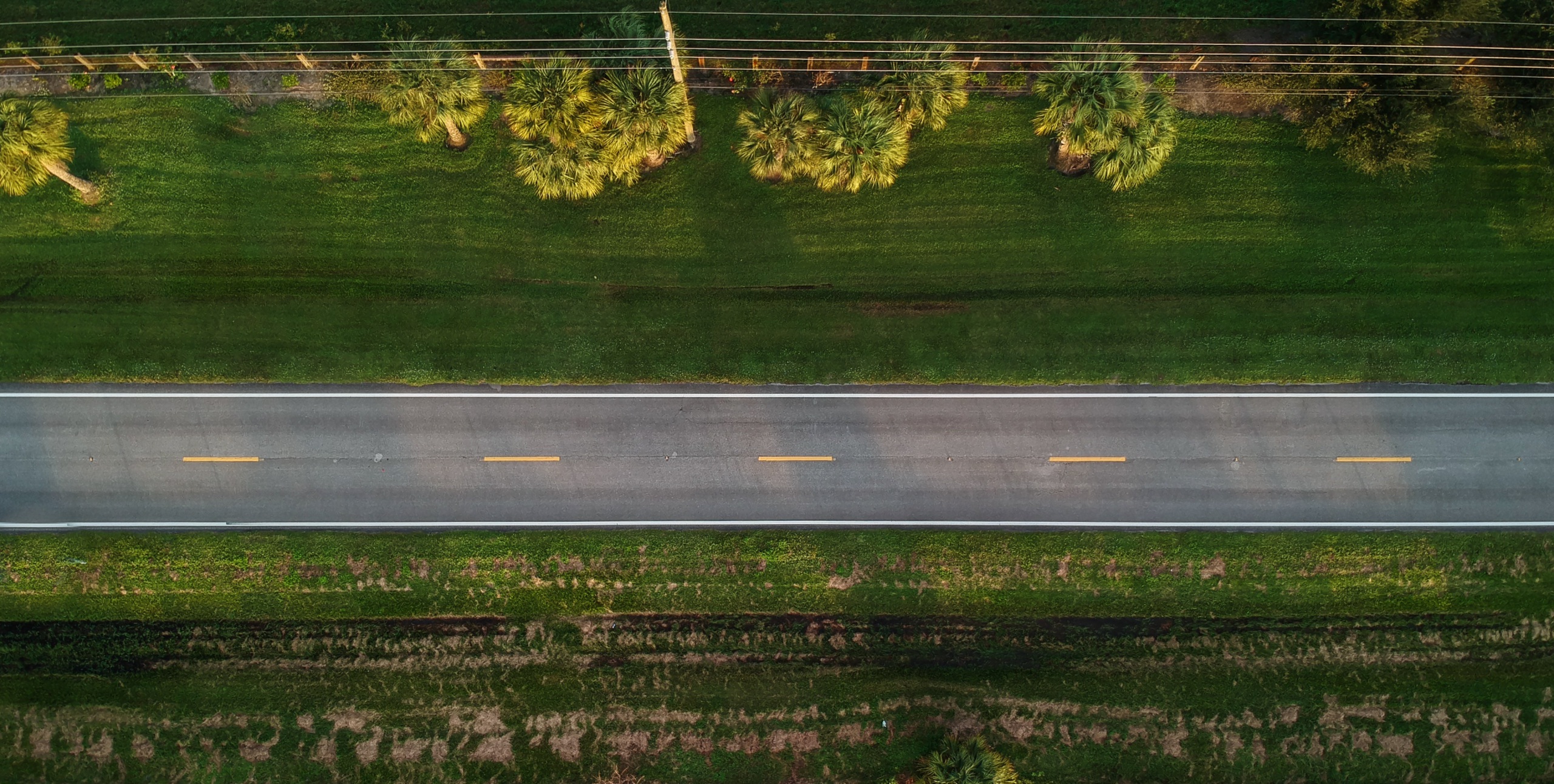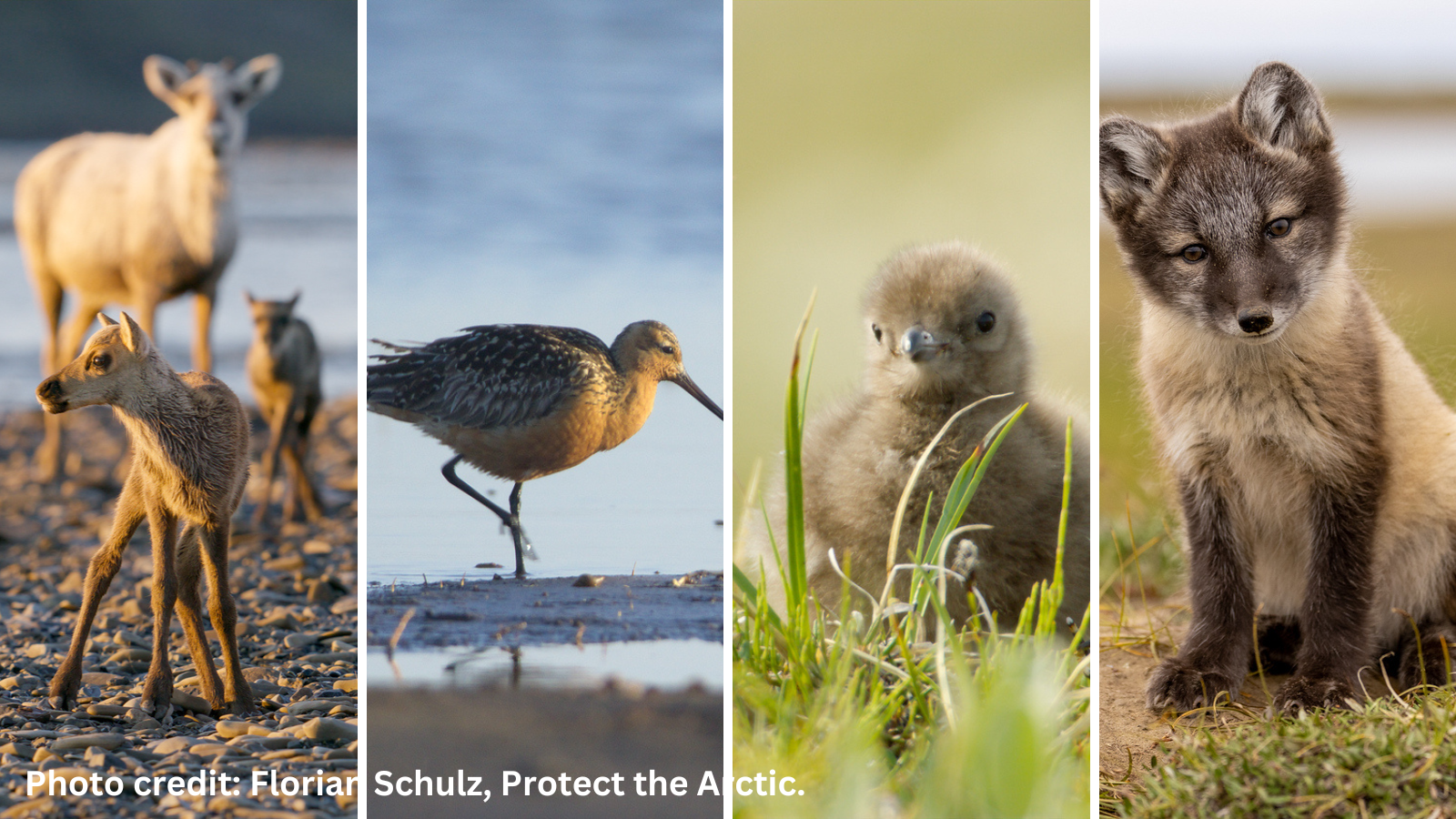
How the M-CORES highway expansion could destroy the Florida panther
The Florida Multi-use Corridors of Regional Economic Significance (M-CORES) highway expansion would great threaten miles of panther habitat in Florida.

by Morgan Spraker
The Florida panther is already one of the most endangered mammals in the country. However, instead of protecting this rare wild cat, the state has prioritized highway construction that would drive the species closer to extinction.
The Florida Multi-use Corridors of Regional Economic Significance (M-CORES) highway expansion – signed into law by Gov. Ron DeSantis on in the spring of 2019 – would add 330 miles of new toll roads through rural Western and Southwestern Florida with three main corridors:
-
The Suncoast Connector: a 150-mile road from Citrus County to Jefferson County
-
The Northern Turnpike Connector: a 40-mile road from northern terminus of Florida’s Turnpike northwest to the Suncoast Parkway
-
The Southwest-Central Florida Connector: a 140-mile road from Collier County to Polk County.
While the highway-building program is pitched as a way to revitalize rural communities and enhance quality of life, the project would have deadly consequences for the Florida panther.
The Southwest-Central Florida Connector poses the primary threat. A 2020 impact report discovered that the new roads would cause the loss of wildlife habitat.
Beyond destruction, converting natural land would also degrade and fragment remaining habitat. Since the panther relies on northward expansion to sustain a breeding population, this would debilitate the remaining population.
Bill Samuels, founder and president of the Florida Panther Project, expressed concerns over the M-CORES program and its impact on the panther. For 28 years, Samuels has been dedicated to bringing public attention to the need for preserving sustainable Florida panther habitat. He explained that the toll roads could have a devastating impact on the cougar’s last unfragmented habitat in South Florida.
“We’re losing thousands of acres every week, and we just don’t have it,” Samuels said. “For an animal like the panther, which requires large, unbroken stretches of habitat to breed and survive, it’s really bad. It’s really bad news. South Florida is shrinking as we speak.”
Samuels also noted that the roads pose a two-pronged threat: while the southern connector will damage existing habitat, the northern connector will damage sites that have been identified as potential reintroduction spaces — potential future habitats for panthers.
“It really is a double-edged sword, and both edges are bad,” Samuels said.
Many experts are pushing for the “no-build” option, which would discontinue M-CORES and protect panther habitats. Some state legislators have listened. On Feb. 3, Florida Sen. Tina Polsky filed SB 1030, which would repeal the M-CORES program. The next day, Rep. Ben Diamond proposed a nearly identical bill.
Samuels urged Florida voters to call or write to their representatives because“politicians listen to the voters.”
Additionally, on Feb. 23, Samuels and the Florida Panther Project filed a formal complaint with the U.S. Interior Department’s Office of the Inspector General over the unexpected delays in the five-year review, mandated under the Endangered Species Act, for the Florida panther. The Endangered Species Act stipulates that endangered species survival considerations should be reviewed every five years. However, the last review for the Florida panther has not been conducted in over 15 years. Samuels noted that the toll roads could impact the review if taken into consideration.
Samuels fears that building these new roads would offer a gateway to new development in South Florida that would devastate the panther’s chances of long-term survival.
“I remember things that a lot newomes to Florida don’t even remember or know about, such as the ‘roads to ruin’,” Samuels said, referring to roads leading into Central Florida in 1970. “We thought, ‘ah, these are just roads to nowhere.’
Soon enough, we found out they were not roads to nowhere. They were roads to someplace, and that someplace was Disney World. And these toll roads will not be roads to nowhere. New towns will spring up, industrial parks, all of it. That will be the fragmentation of habitats that could possibly be the end of the panther in Florida. It would be that severe.”
Topics
Find Out More


Why Alaska’s NPR-A, site of the Willow Project, deserves protection

Bank of America said it would stop financing drilling in the Arctic Refuge. Now it’s backtracking.


